Where to eat in China, according to chef Fuchsia Dunlop
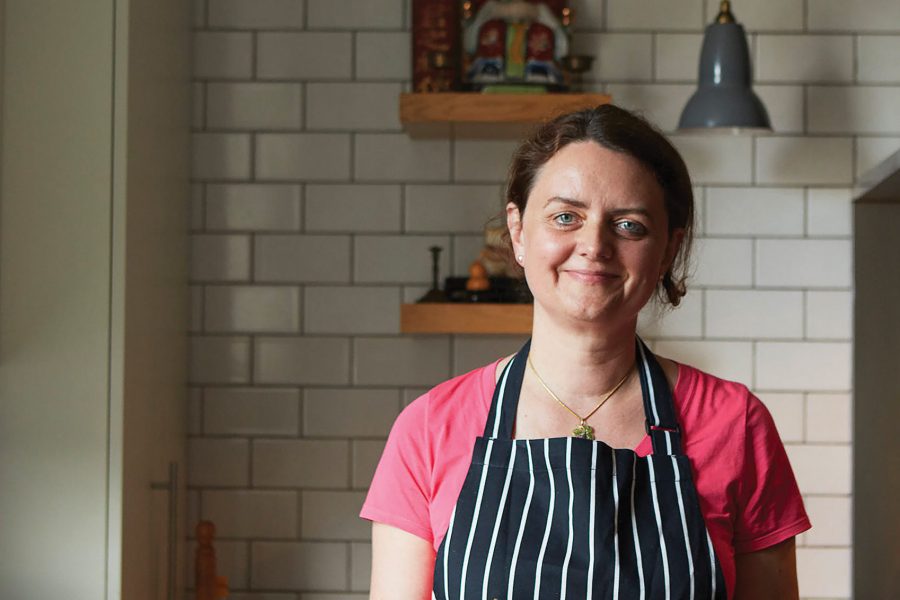
Despite having been cooking and writing about Chinese food for more than three decades, I feel there’s so much more to taste, learn and explore. In my new book, Invitation to a Banquet: The Story of Chinese Food , I travel across the Chinese Mainland to explore the country’s rich culinary history through a range of beloved dishes, and meet the chefs, growers and gourmets who share my passion for everything Chinese cuisine. Here are seven of my favourite restaurants across the country, and why you should visit them too.
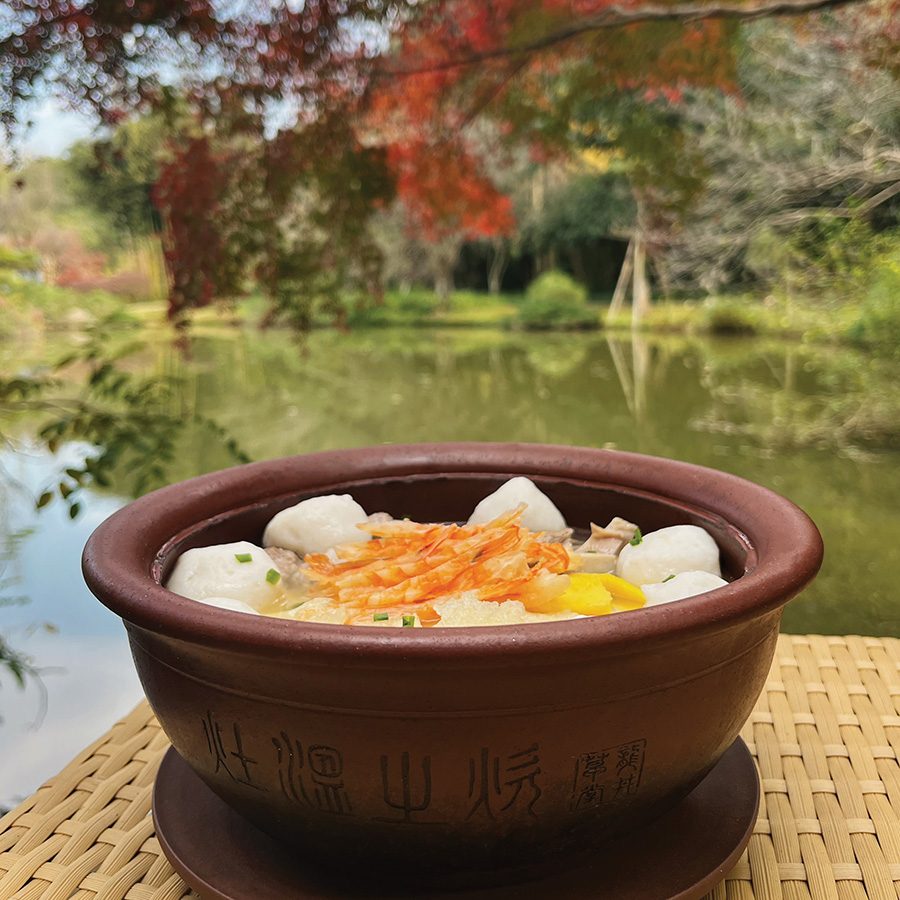
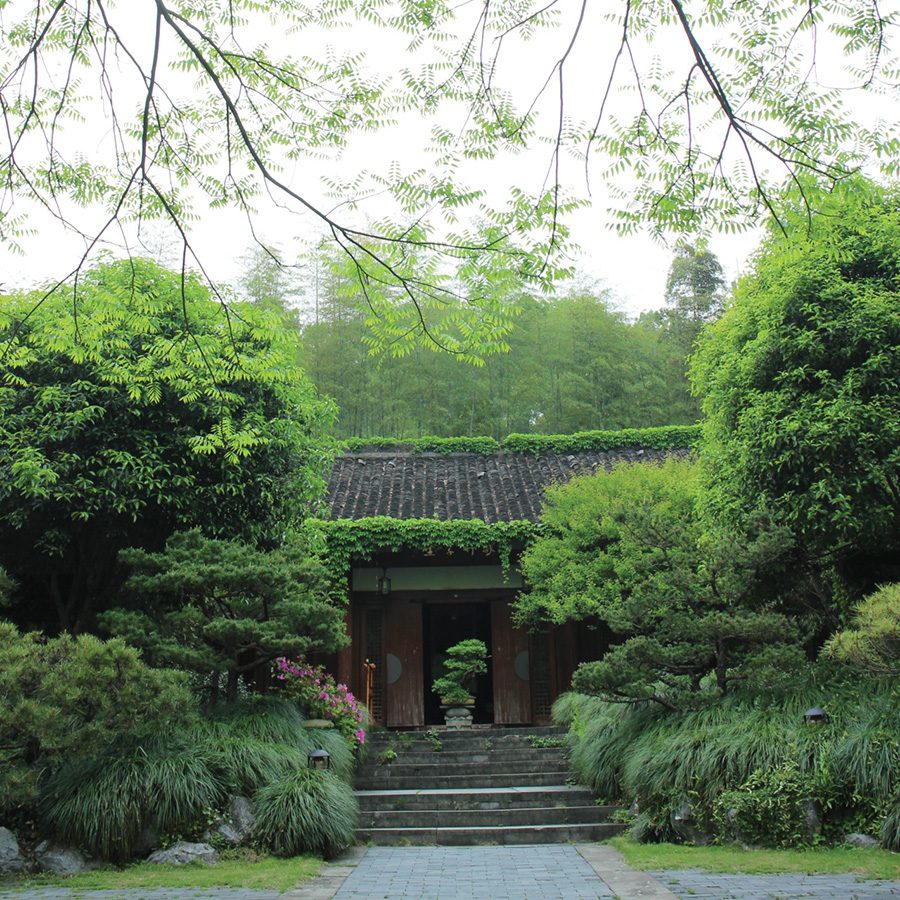
1. Dragon Well Manor, Hangzhou
My first visit to Dragon Well Manor in 2008 changed my life. The one-Michelin-starred restaurant is the epitome of farm-to-table dining. Owner Dai Jianjun, who’s been a great influence on my career, sources produce directly from local farmers and artisans, and insists that his chefs use stock and traditional seasonings rather than MSG. The cuisine here is inspired by the rich food culture of the Jiangnan region. There is no à la carte menu: expect to be served the pick of the season’s plenty. A meal in one of the private dining rooms scattered around a beautiful garden surrounded by tea plantations is an unforgettable experience.
2. Fu Rong Huang, Chengdu
Fu Rong Huang , which holds one Michelin star, offers a delicious taste of Sichuan, from hearty twice-cooked pork (huiguorou) and the street-food favourite man-and-wife offal slices (fuqi feipian) to the grand banquet dish snowflake chicken (xuehua jinao). The food here, enlivened by old-fashioned pickles, chilli bean paste and zingy Sichuan pepper, reminds me of my first adventures in Sichuan in the 1990s and why I was so smitten with the place.
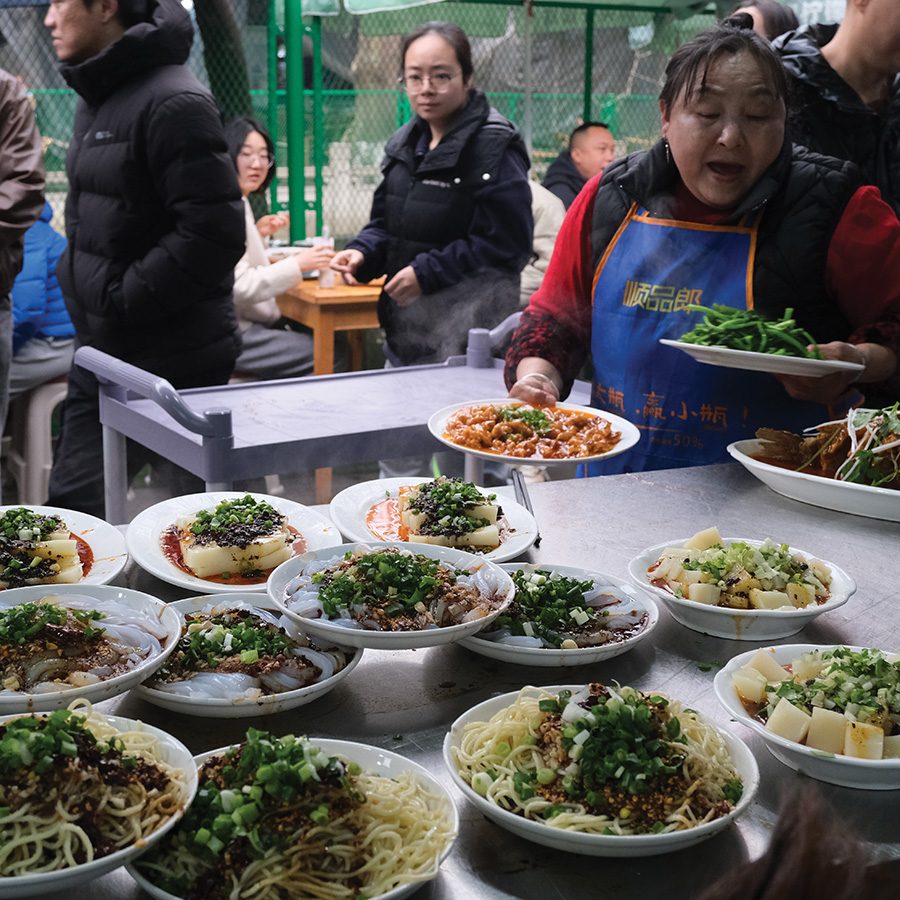
Credit: Eric Miller

Credit: Eric Miller
3. Dongzikou Chen Liangfen, Chengdu
A typical “fly restaurant”, or an unpretentious Sichuanese eatery serving cheap but tasty food, Dongzikou Chen Liangfen, located at 42 Fude Lu, Dongzikou, spills out of the main building into the surrounding alleys. A meal here is wildly fun, slightly chaotic and highly delicious. Chefs at an open kitchen turn out gorgeous platters of spicy cold chicken and their signature liangfen (cool jelly noodles), as well as smoked duck, steamed aubergines and other local specialities. Meanwhile, hot dishes like fast-fried offal, whole fish in chilli bean sauce and more constantly emerge from the inner kitchen. You may have to queue, but it’s worth it.
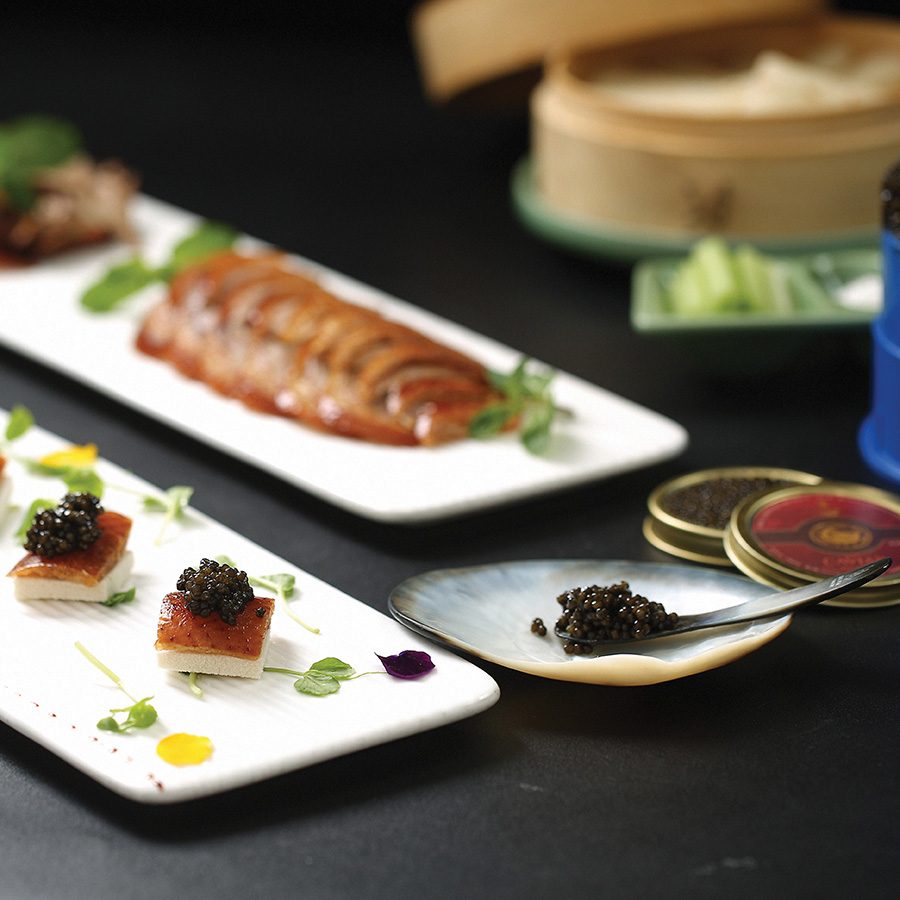
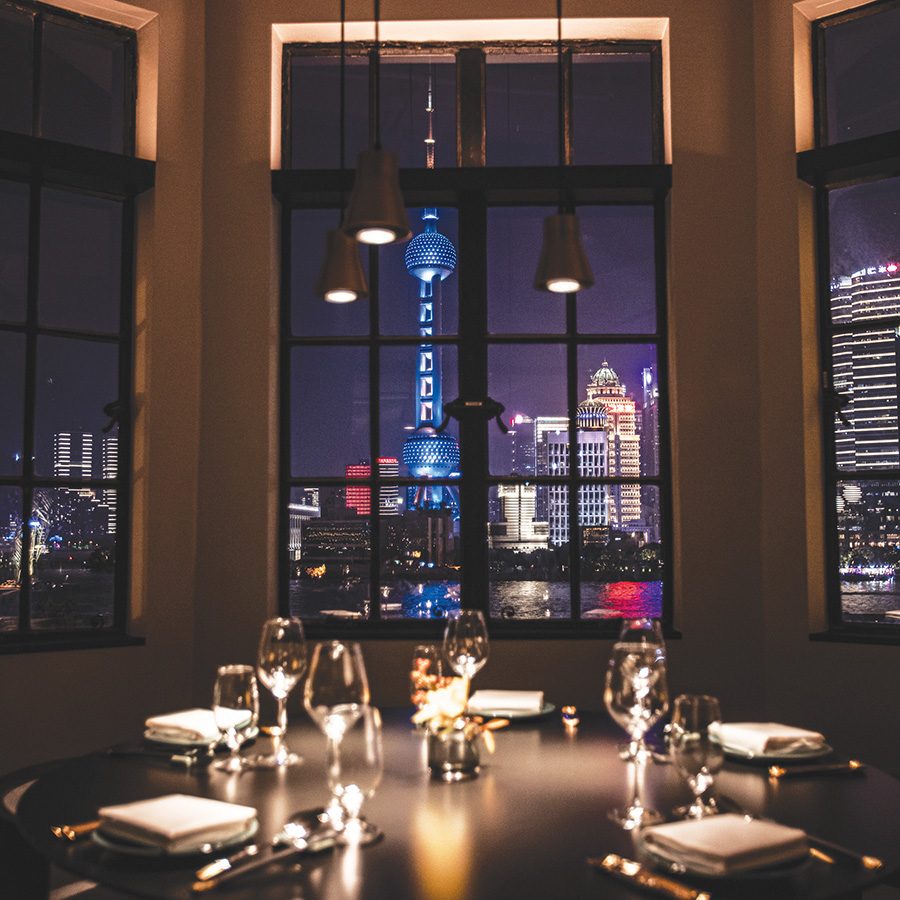
4. Sheng Yong Xing, Beijing
Shen Yong Xing – which has a few locations around the country, including the one-Michelin-starred Sanlitun outlet – serves some of the best Peking duck, roasted in traditional domed ovens heated by fruitwood fires. The skin is served in the form of canapés topped with caviar, while the meat is wrapped in pancakes with cucumber and leek slices. Also, don’t miss northern Chinese classics like braised sea cucumber and modern dishes made with trendy ingredients such as avocado and truffles.
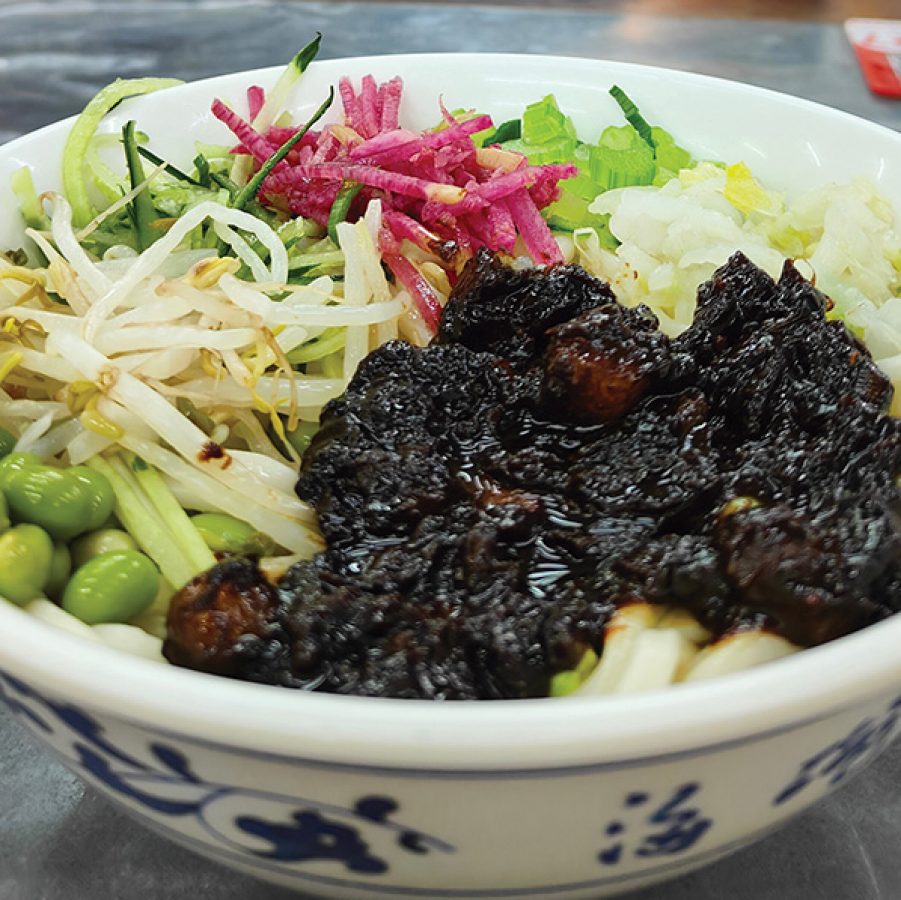
Credit: 琳琳琳琳琳
5. Haiwanju, Beijing
Specialising in zhajiang mian, or hand-pulled noodles topped with a heady sauce of pork and fermented soybean paste, fresh and pickled vegetables and more, Haiwanju is an old favourite of mine, located on the 6th floor of Beijing Department Store. Here, you’ll also find many traditional Beijing snacks and dishes, including fried meatballs dipped in salt and Sichuan pepper, steamed aubergine mash with sesame sauce and fermented mung bean juice (douzhi) accompanied by circular fritters (jiaoquan) and salty pickles – the latter very much an acquired taste and unique to the city. The restaurant has a few branches, including one in a department store in Wangfujing.
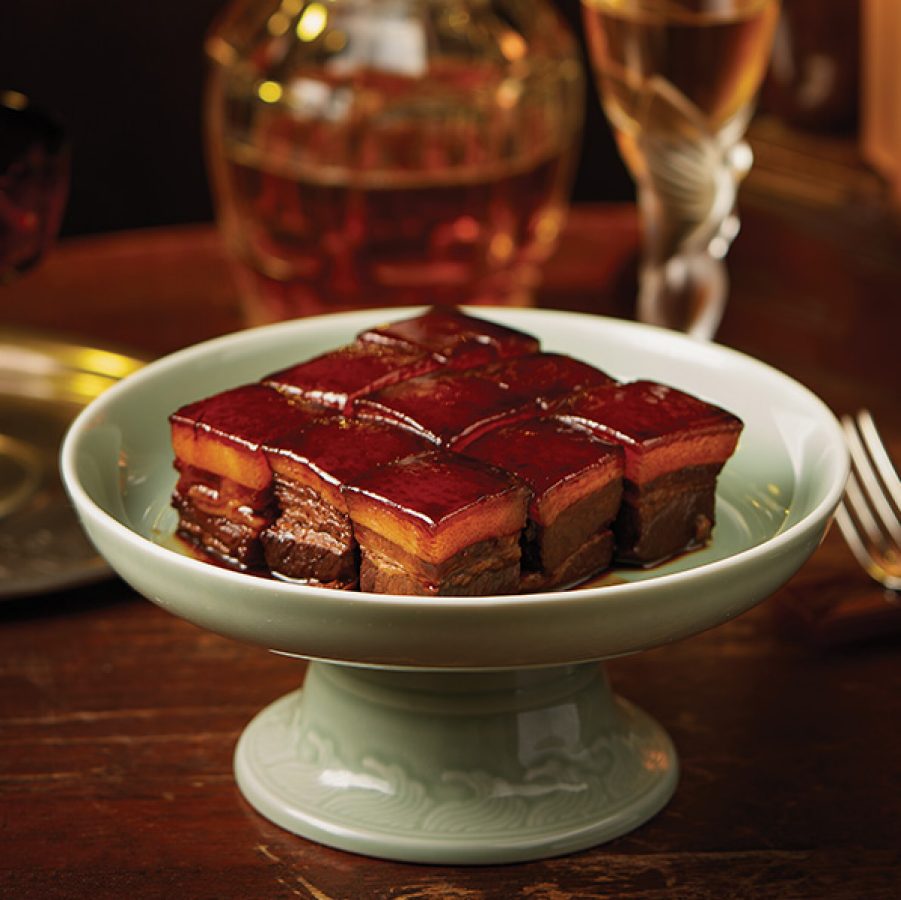
6. Fu 1039, Shanghai
Located in an old European-style mansion and overseen by the brilliant chef Tony Lu, Fu 1039 serves excellent renditions of dishes from Shanghai and its surrounding region. While the voluptuous, red-braised pork is a crowd favourite, they also offer delicate dishes such as stir-fried river shrimp, peas with Jinhua ham and seasonal greens like Indian aster leaves (malantou). Don’t miss one of my favourite Chinese sweet snacks, the taitiao subing pastry, stuffed with Ningbo dried seaweed, sugar and cashew nuts.
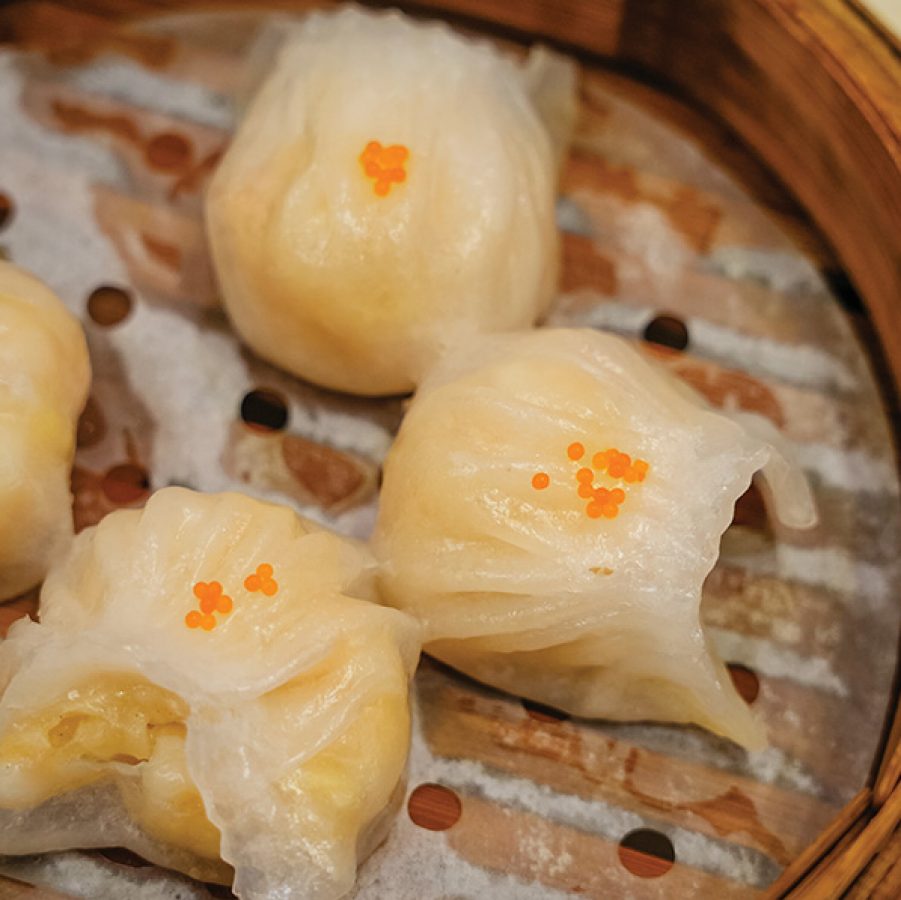
Credit: 陳韻
7. Nan Yuan, Guangzhou
A dim sum breakfast or lunch is a must for any visit to Guangzhou. The dizzying array of dumplings that are the mainstay of this Cantonese dining tradition is part of a fascinating story that began in northwest China some 2,000 years ago, with the arrival of flour-milling technology from Central Asia (read more about it in my book). Nan Yuan , a Michelin Bib Gourmand restaurant, is one of the many fantastic dim sum purveyors in the city. Here, you can enjoy all the dim sum staples and Cantonese classics in an elegant setting, then go for a post-prandial stroll in its classical garden with beautiful pavilions, bridges and water features.
More inspiration
- China – the Chinese Mainland, Hong Kong SAR, Macao SAR and Taiwan Region
- Hong Kong SAR - English
- Chinese Mainland (China) - English
- Taiwan, China - English
- 香港特別行政區 - 繁體中文
- 中国內地 - 简体中文
- 中國台灣 - 繁體中文
- Africa
- South Africa - English
- Asia
- Bangladesh - English
- Korea - English
- Singapore - English
- Cambodia - English
- 한국 - 한국어
- Sri Lanka - English
- India - English
- Malaysia - English
- Thailand - English
- Indonesia - English
- Maldives - English
- ประเทศไทย - ภาษาไทย
- Indonesia - Bahasa Indonesia
- Myanmar - English
- Vietnam - English
- Japan - English
- Nepal - English
- Việt Nam - tiếng Việt
- 日本 - 日本語
- Philippines - English
- Australasia
- Australia - English
- New Zealand - English